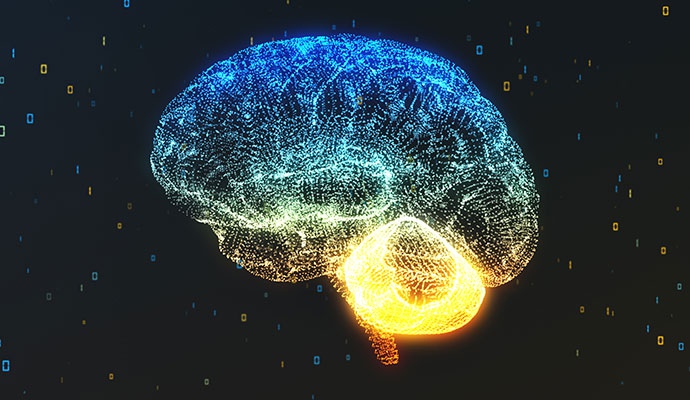
@ShahidNShah


Clinicians are leveraging artificial intelligence to measure cerebral aneurysms and stratify rupture risk to enhance clinical decision-making and improve outcomes. Cerebral aneurysms, also known as intracranial or brain aneurysms, present a unique challenge for clinicians, as most are small dilations that occur at weak points along the arteries of the brain and have no symptoms. However, as the aneurysm grows, the risk of rupture increases. Once the aneurysm expands and the blood vessel wall becomes too thin, the aneurysm will rupture, causing bleeding into the space around the brain known as subarachnoid hemorrhage (SAH), a life-threatening event that requires emergency medical care, according to insights from Johns Hopkins Medicine. The risks associated with ruptures make detecting and monitoring aneurysms and their growth key to improving patient outcomes, but tracking rupture risk can be challenging due to limitations in current aneurysm measurement approaches.
Cerebral aneurysms present unique challenges for clinicians, as tracking their growth and rupture risk can be difficult with current measurement approaches. However, the use of artificial intelligence (AI) has emerged as a valuable tool for measuring and monitoring aneurysms, enhancing clinical decision-making, and improving patient outcomes. AI enables clinicians to accurately measure aneurysms and determine their growth rate, reducing the risk of ruptures and improving patient outcomes.
Continue reading at healthitanalytics.com
This white paper shares non-US healthcare organizations’ journeys to realizing benefits from an EMR implementation. As electronic medical record (EMR) adoption grows worldwide, healthcare …
Connecting innovation decision makers to authoritative information, institutions, people and insights.
Medigy accurately delivers healthcare and technology information, news and insight from around the world.
Medigy surfaces the world's best crowdsourced health tech offerings with social interactions and peer reviews.
© 2025 Netspective Foundation, Inc. All Rights Reserved.
Built on Apr 2, 2025 at 12:43pm